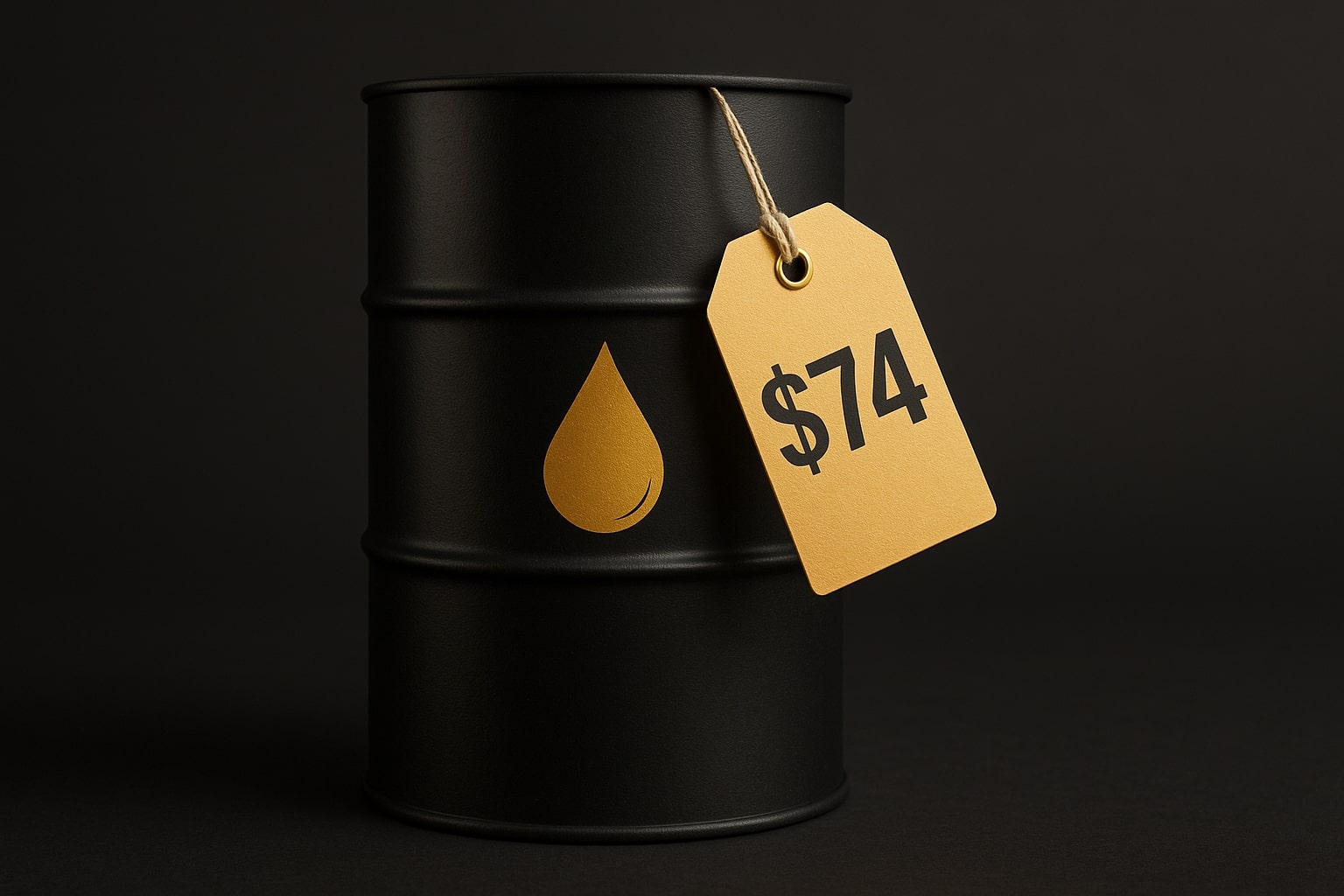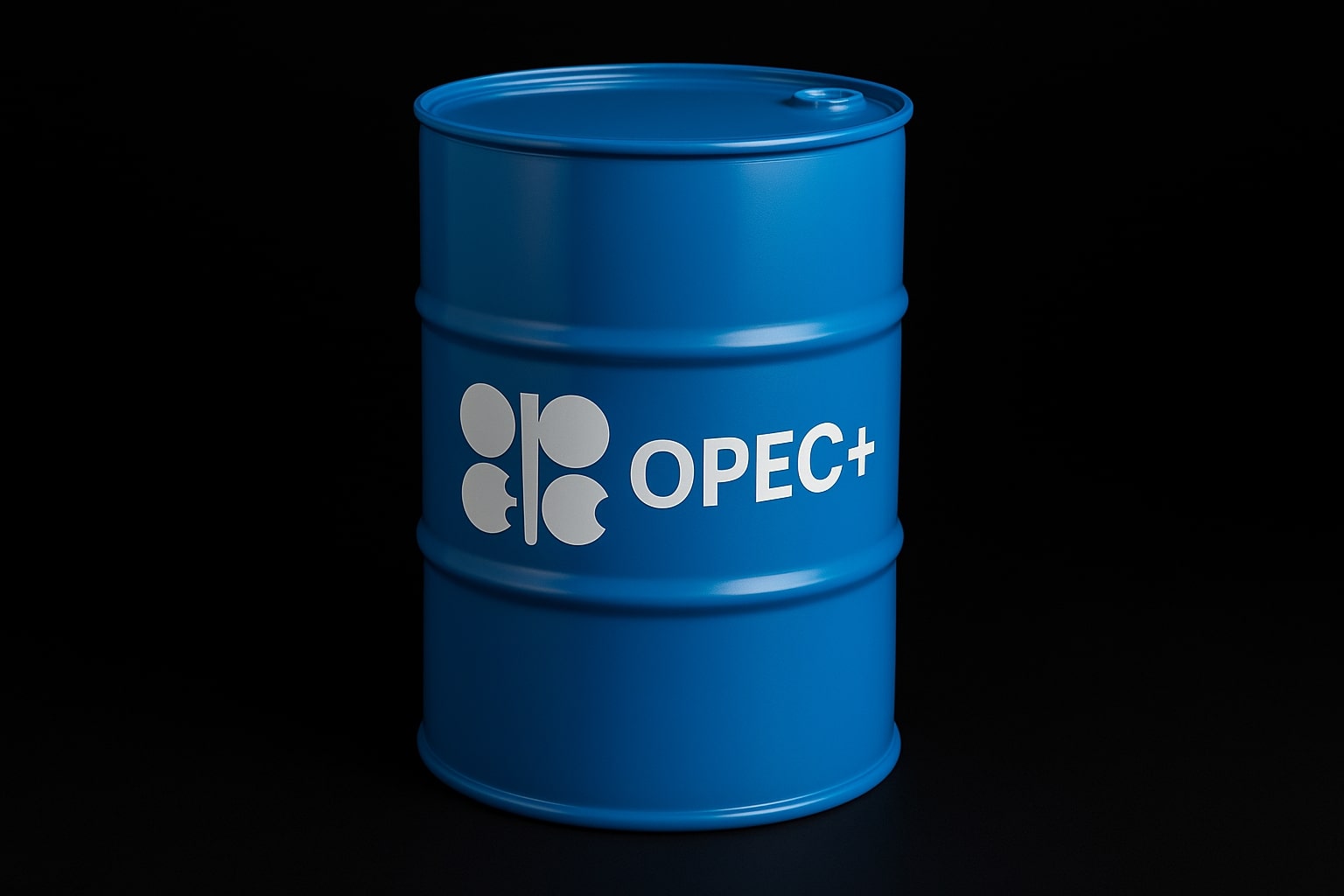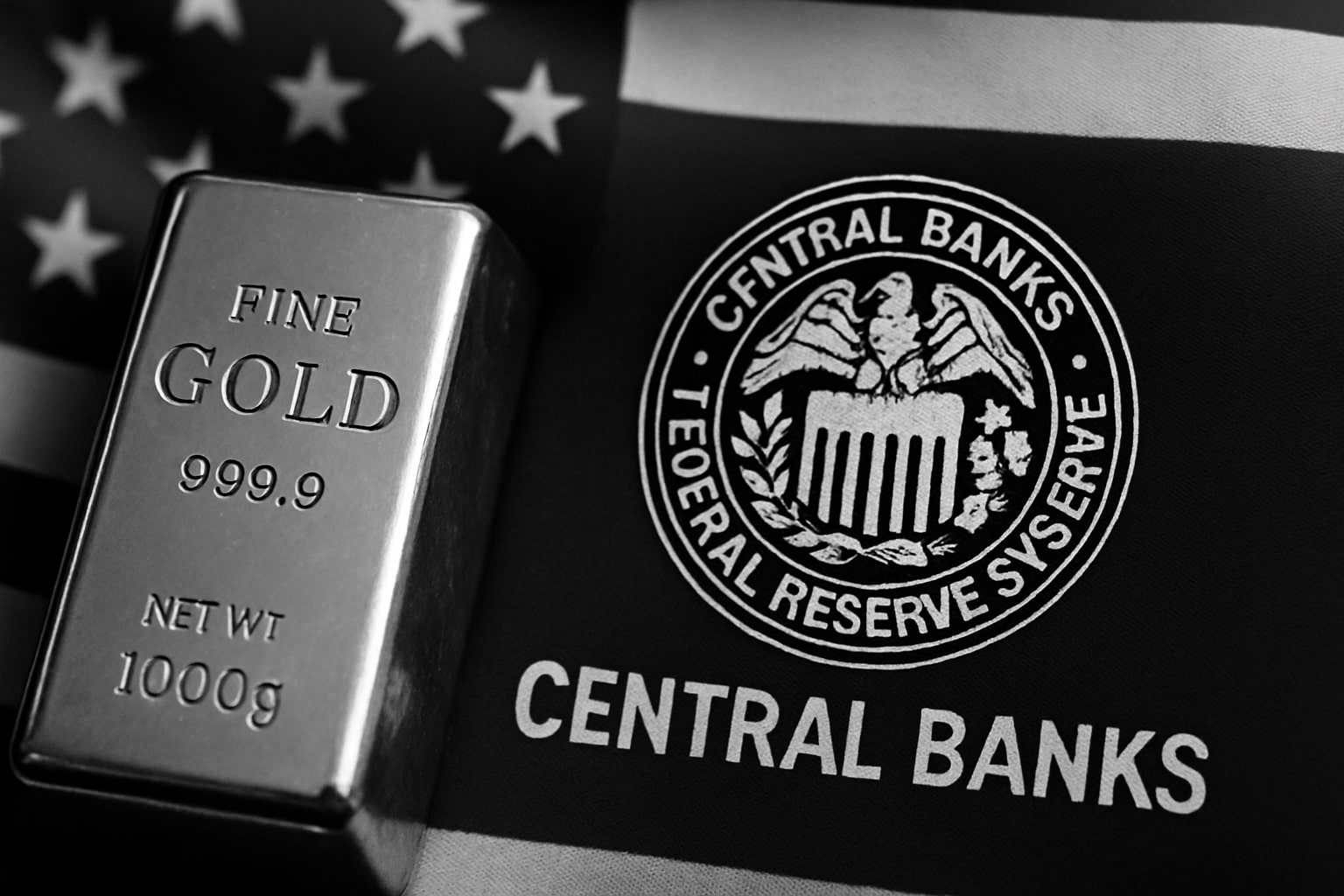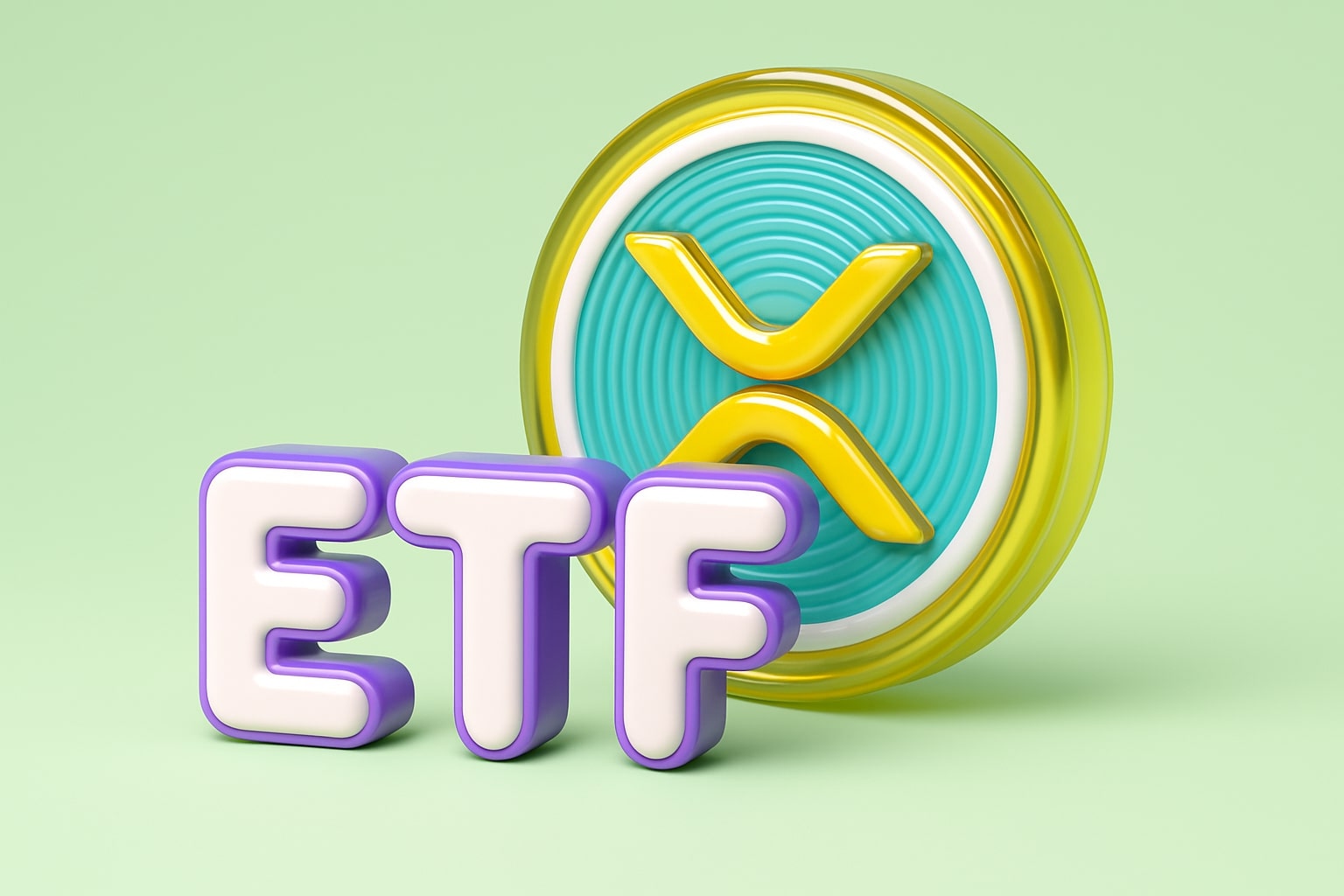
Oil Surges to $74.72 for Brent as Middle East Spark Fuels Risk Premium—Is $80 Next?
With China stockpiling at 1.4 M bpd and WTI hovering near $73.05, can rising geopolitical pressure and refinery maintenance hold crude above $70? | That's TradingNEWS
Iran-Israel Escalation Fuels New Risk Premium in Crude (CL=F, BZ=F)
Oil markets surged with Brent crude climbing as high as $74.72 and WTI testing $73.05, driven by renewed military action between Israel and Iran. While infrastructure damage has so far been limited, a fire at Iran’s South Pars gas field and a strike on the Shahran oil depot reignited fears of broader regional instability. The geopolitical stress has reinforced bullish sentiment even as traders remain cautious about betting on sustained upside without actual supply disruption. Volatility ruled the session, with both benchmarks retreating before bouncing again as headlines shifted.
Supply Threat Through the Strait of Hormuz Keeps Bulls on Edge
The Strait of Hormuz remains the wildcard. With 30% of global seaborne crude and 20% of LNG flowing through this bottleneck, even a whisper of military escalation threatens to send prices skyrocketing. Despite analysts like Saxo Bank's Ole Hansen saying there’s little appetite to actually close the waterway, the psychological impact is potent. Deutsche Bank laid out a worst-case scenario in which a two-month closure could push prices above $124/barrel. Yet, Brent remains below its 2024 average of $80, reflecting lingering skepticism that Iran would fully choke off its own revenue lifeline.
China’s Strategic Stockpiling Clouds Demand Forecasts
China's crude oil stockpile has ballooned for the third straight month, likely adding 1.4 million barrels per day in May. Refinery runs dropped to 13.92 million bpd — the lowest since August — as state and private facilities underwent maintenance. The data, reconstructed via Chinese import and output figures, shows heavy spring purchasing was more about hedging against future sanctions than actual consumption growth. This stored crude gives China the flexibility to retreat from current price levels, adding a potential bearish undertow if imports drop despite elevated global prices.
IEA Slashes Demand Outlook, Lifts Supply Forecast
The International Energy Agency trimmed its 2024 global oil demand forecast by 20,000 bpd and upped supply expectations by 200,000 bpd, widening the gap between fundamentals and fear-based pricing. With the summer driving season starting and OPEC+ quotas still in play, inventories are in focus — but the IEA's outlook suggests ample coverage. This runs counter to short-term sentiment, as traders continue pricing in the war risk premium, not longer-term rebalancing.
Technical Levels Signal Hesitation Before Breakout (CL=F, BZ=F)
WTI crude (CL=F) continues to test $72.50 as the key pivot zone, while Brent (BZ=F) battles around $75.50 — both levels having seen repeated breaches in both directions. Momentum is choppy, with WTI stuck below its 200-day EMA and unable to confirm a bullish breakout. On the downside, $70 remains the floor to watch. For Brent, $77.00 would need to be cleared to shift short-term bias. Traders are watching headlines as much as candles — risk appetite remains headline-sensitive, especially with upcoming Fed commentary.
Central Banks, Risk Sentiment, and Dollar Movements Add Crosswinds
With the Federal Reserve preparing to update economic projections, U.S. dollar strength added another layer of complexity. The DXY touched 98.10 while 10-year yields slipped to 4.43%, reflecting a risk-off tilt. This helped support crude via the inverse dollar relationship but also raised the bar for further upside. Meanwhile, falling stock indices — the S&P 500 and Nasdaq both down 0.6% — and rising safe-haven flows into Treasuries and gold (down only slightly to $3,409.70) show a market bracing for volatility.
Short-Term Moves Driven by Fear, Not Fundamentals — Yet
Despite headlines, actual oil flow disruption has been negligible. Iranian exports — roughly 1.5 million bpd mostly to China — continue, though traders fear small refiners may be forced to adjust if sanctions tighten. So far, the biggest damage has been psychological. However, if geopolitical escalation does hit actual barrels, the current price base around $73-74 is fragile. Any confirmed supply halt would ignite a rally toward $90 fast.
Verdict: Short-Term Bullish Bias, But Mid-Term Neutral
Oil markets are trading fear, not barrels. Prices near $74 for Brent and $73 for WTI reflect a built-in war premium without confirmed disruption. Technicals show hesitation, China’s hoarding may suppress future demand, and the IEA’s downgrade signals oversupply risk if conflict fades. Unless the Strait of Hormuz is directly threatened or production is interrupted, the current rally is vulnerable to sharp reversals. This setup favors short-term buy on dips, but longer-term hold, not chase. A sustained move above $77 (Brent) and $75.50 (WTI) would shift that stance to full bullish. Until then — respect the volatility but don’t overcommit.
That's TradingNEWS
Read More
-
BITQ ETF Soars 66.55% as Bitcoin Blasts Past $124,000 — Crypto Equities Lead 2025 Rally
13.10.2025 · TradingNEWS ArchiveStocks
-
XRP ETFs XRPR, XRPI Slip as Ripple XRP-USD Holds $2.62 — SEC Fast-Track Could Ignite $20B
13.10.2025 · TradingNEWS ArchiveCrypto
-
Natural Gas Price Forecast - NG=F Steadies at $3.00 as U.S. Export Boom Tests Old Fields
13.10.2025 · TradingNEWS ArchiveCommodities
-
USD/JPY Price Forecast - Dollar to Yen Climbs to ¥152.28 as Japan’s Political Shakeup
13.10.2025 · TradingNEWS ArchiveForex



















